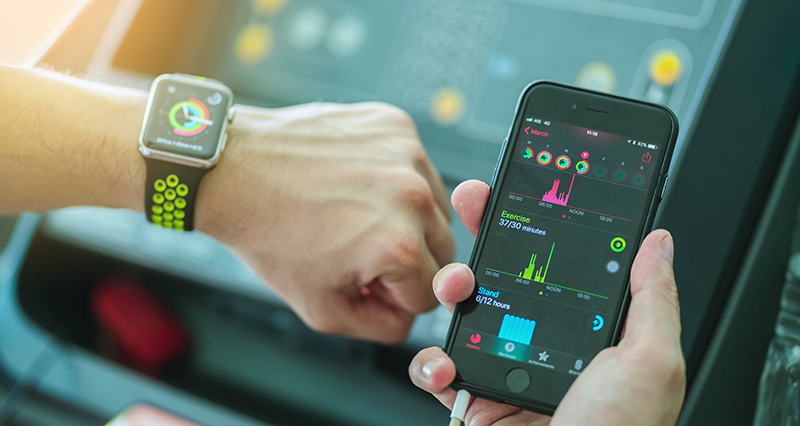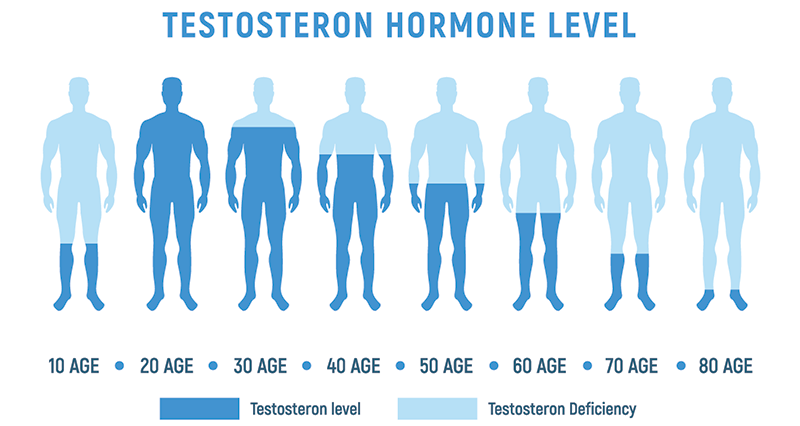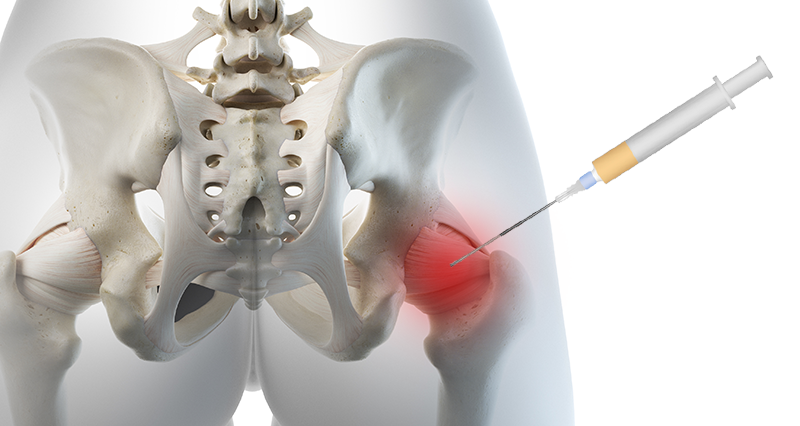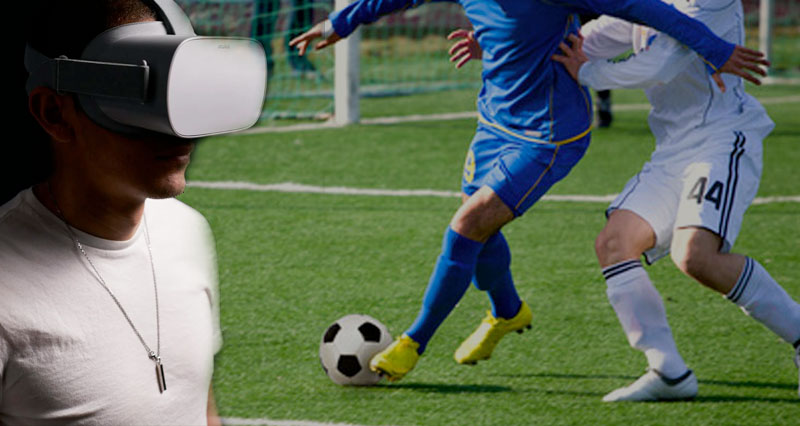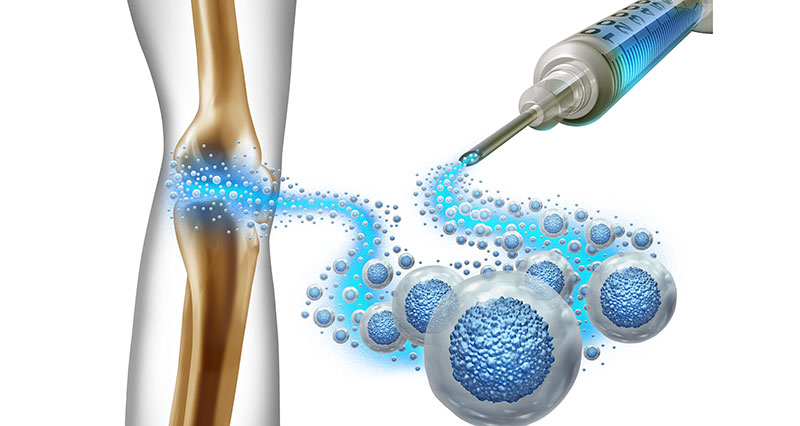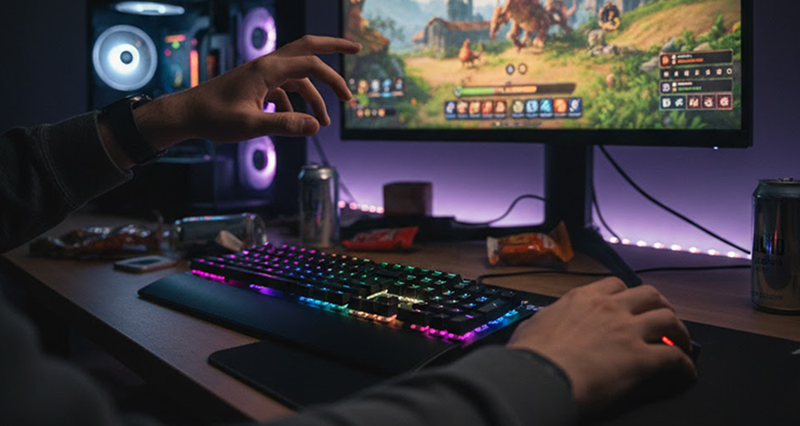How can I use my smartphone to prevent injury? Using a smartwatch can be a powerful tool for preventing sports injuries by leveraging its ability to monitor various health metrics. Here are some ways to use your smartwatch to help reduce injury risk:
1. Track and Manage Heart Rate
Monitoring your heart rate during training can help you manage workout intensity. Many sports injuries, especially overuse injuries, happen when athletes push beyond their limits. Your smartwatch can alert you when your heart rate exceeds your target zone. Staying within a safe heart rate zone reduces fatigue and lowers injury risks. Likewise, if you find your heart rate is abnormally high for a particular session then this could be a sign you are overtraining, or fighting infection and on the verge of illness.
Additionally measuring your heart rate first thing in the morning can give you an early warning of illness or over-training. Your resting heart rate should be roughly the same each day when you wake up. If you find it is artificially high, especially before you have even got out of bed then this could be a sign your immune system and body in general is working hard to fight infection or recover.
2. Monitor Training Load
Smartwatches allow you to track training load, or how hard you have trained over time. For example, the number of miles run per week or month. It is generally recommended to only increase running mileage by no more than 10% each week. So if you manage 25 miles in total one week, you shouldn’t co more than 27.5 miles the next and so on. By tracking how much strain you put on your body, you can prevent overtraining, a major cause of stress fractures, tendinitis, and muscle strains. Use this data to ensure you’re giving your body adequate recovery time between intense sessions.
3. Track Sleep Quality
Recovery is critical for preventing injuries, and a key component of recovery is sleep. Poor sleep increases the risk of injury because it affects reaction time, coordination, and muscle recovery. Remember, you are not training when you train, you are training when you allow your body to recover stronger for the next session. Many smartwatches have sleep-tracking features that monitor your sleep stages and duration. But how comfortable are they to wear?
4. Monitor Step Count and Gait
Smartwatches equipped with step tracking can monitor your daily activity and even your running gait. Irregularities in gait or excessive steps in a short period can signal overuse. By analyzing your stride and cadence, you can adjust your running form or modify your exercise routines to prevent overuse injuries, especially in high-impact activities like running.
5. Track Hydration and Sweat Loss
If you wait until you are thirsty to drink then you are likely already dehydrated and your performance has started to drop. Although they cannot measure hydration directly, some smartwatches can provide estimates of sweat loss during workouts. Dehydration increases the risk of muscle cramps and other injuries. By tracking how much water your body loses, you can stay hydrated and avoid injury caused by fatigue or muscle strain due to dehydration.
Using data like heart rate, activity intensity, skin temperature and conductivity as well as environmental factors (such as temperature, and humidity), these devices calculate how much fluid you likely lost during a session. This estimation can guide you on how much water to drink during or after exercise to stay properly hydrated. However, how accurate they are is probably debatable and sometimes the simple solution (such as weighing yourself before and after) is the best way. You could use it to set reminder alerts to drink regularly and record how much you drink.
7. Monitor Recovery with Heart Rate Variability (HRV)
Some smartwatches can measure heart rate variability (HRV). HRV measures the variation in time between consecutive heartbeats, reflecting how well your autonomic nervous system is functioning. It focuses on the intervals between beats, not the overall heart rate.
A low HRV indicates that your body is under stress and may not be fully recovered, signalling that you should take it easy to avoid injury. Monitoring your HRV can help you adjust your training intensity and ensure adequate recovery.
By using these features on your smartwatch, you can manage your training load, ensure proper recovery, and reduce the risk of sports injuries.
